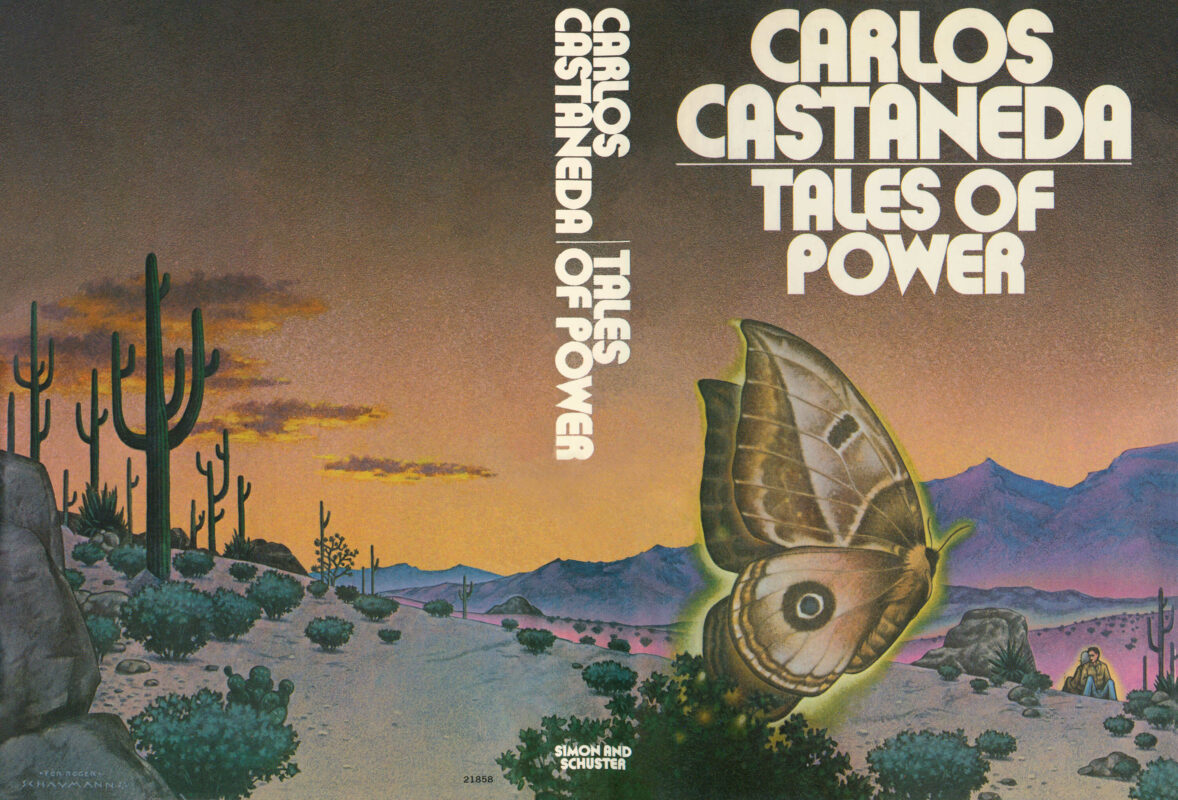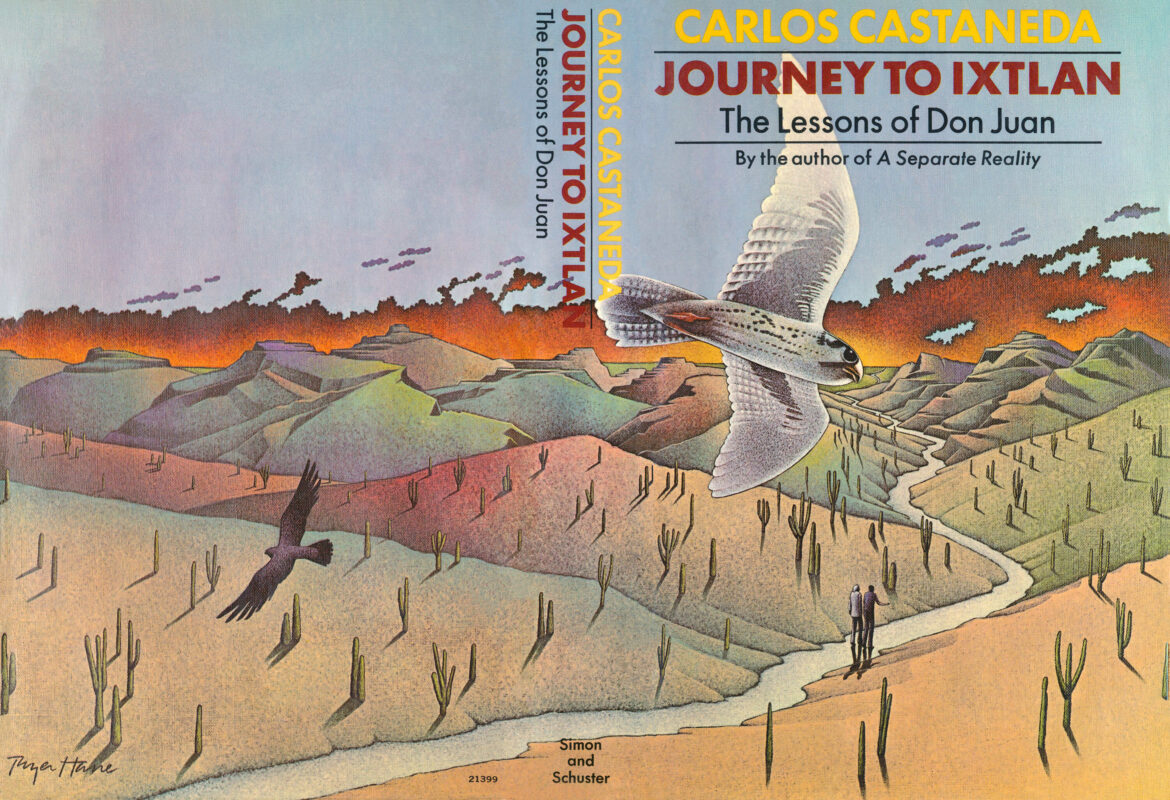A Witness to Acts of Power – An Appointment With Knowledge
In this chapter, I unexpectedly find don Juan in Sonora, where he reveals that my true path to sorcerers’ knowledge lies in accumulating personal power, not through hallucinogenic plants or intellectual explanations. We visit a power spot where I am challenged to “see” a mysterious “moth,” which don Juan clarifies is a manifestation of knowledge. Despite my rational attempts to explain away the unsettling encounter, don Juan continually emphasizes the role of personal power, impeccability, and the silencing of internal dialogue in understanding the world of sorcerers. He introduces the concept of the “double,” exemplified by don Genaro’s seemingly impossible appearance, challenging my perceptions of reality and demanding that I embrace the unfathomable nature of existence through experience, rather than solely through reason. The chapter concludes with me witnessing Don Genaro’s “double” in a profound and baffling manner, leaving me with a deep sense of perplexity and a clear imperative to continue cultivating my personal power.
A Witness to Acts of Power – An Appointment With Knowledge Read More »

